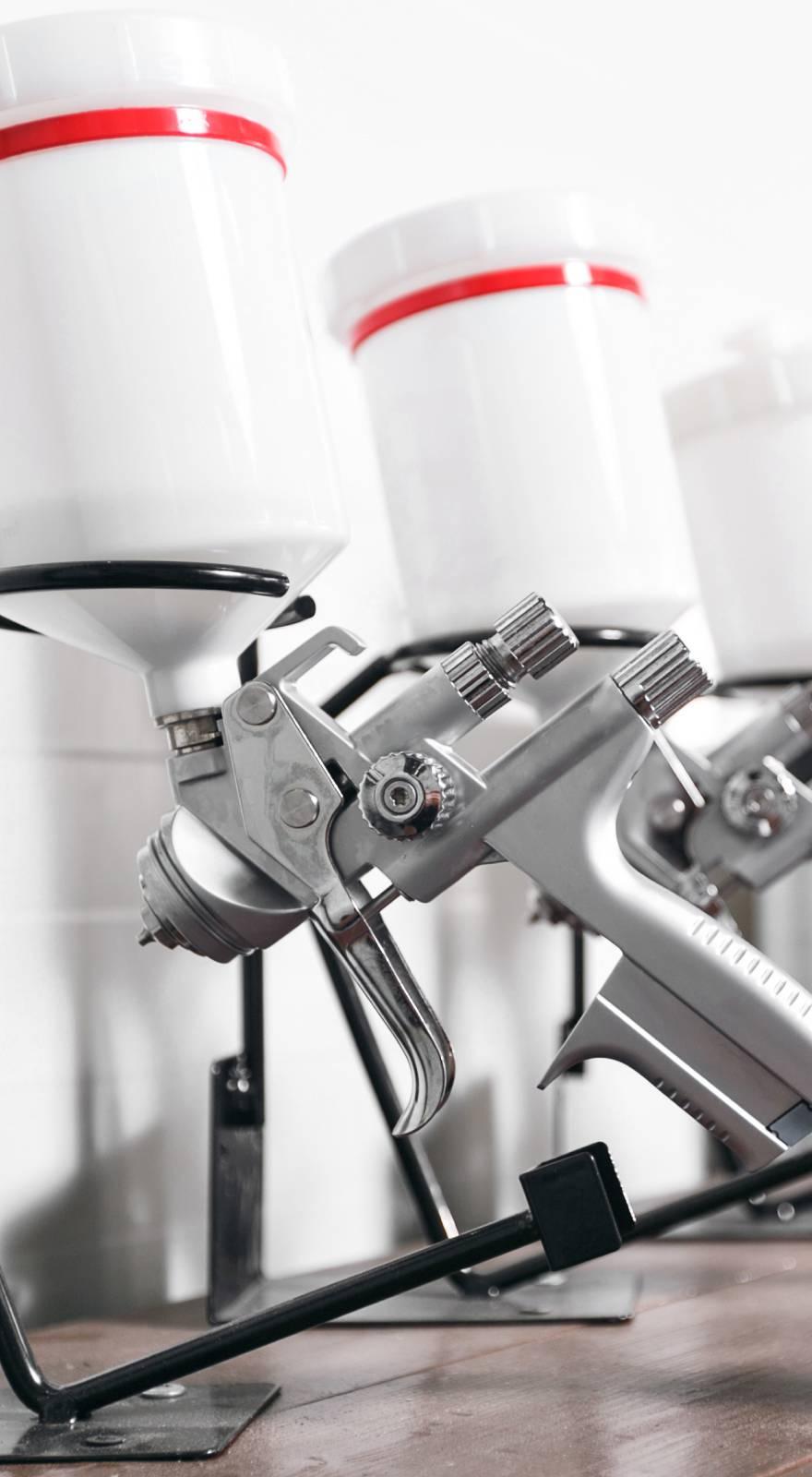Knowde Enhanced TDS
Identification & Functionality
- Product Type
- Technologies
Features & Benefits
- Ready-to-Use Product Features
- Features
- Good corrosion test data
- Good chemical resistance
Applications & Uses
- Markets
- Compatible Substrates & Surfaces
- Recommended Uses
C-Lube is recommended for use on any component where heat and friction are an issue. Gears, Shafts, Hubs, Cams, Splined Shafts, Wear Blocks, Springs, Bearings (Note for Babbitt type bearings use DFL-1), Pistons, Cylinder Walls, Rotors and more.
Not Recommended For:Magnesium and any substrate that cannot handle the cure temperature.
- Acceptable Substrates for Application
Not to be used on Magnesium; fine for ferrous and non-ferrous substrates, plastics and composites that can handle the cure temperature.
- Film Type
C-Lube is a soft lubricious material that is designed to burnish to a near zero film buildup while still providing full properties, allowing normal clearances to be maintained. C-Lube is a conformal coating and can burnish in use to achieve the running clearances that are optimal. In addition C-Lube is impregnated into a properly prepared surface.
Properties
- Typical Properties
| Value | Units | Test Method / Conditions | |
| Adhesion | 5B | - | Tape Test ASTM D 3359 |
| Applied Film Thickness | 0.0005 - 0.0015 | Inches | - |
| Flexibility/ Bending Adhesion (No Delamination) | 90 - 100 | ° | - |
| Impact Test (2 Lb. Weight) | 48.0 | Inches | ASTM D 2794 |
| Thermal Temperature Resistance (Constant) | min. 1000 | °F | - |
| Thermal Temperature Resistance (Intermittent) | min. 2000 | °F | - |
Technical Details & Test Data
- Technical Details
C-Lube solved a major thread failure issue:
An unforeseen problem has occurred in the South African mines. Large pumps with over three km heads, capable of pumping high volumes of acid mine water found to be leaking between the casings. Due to the extreme pressure the leak is a major hazard to personnel, as the leak off is equivalent to a water jet cutter. The pump casing is assembled with studs and nuts. In order to seal they are fastened to the prescribed torque. The realization of the problem is here, the threads of the studs and nuts when mated begin to seize. This increased pressure means that the matting faces of the casing are not seeing the correct torque and not fully sealing. To remedy this problem Tech Line Coatings C-Lube is applied to both the stud and nut threads. For over a year there has been no further failures, all threads for these pumps are now coated with C-Lube as standard procedure.
Cryogenic and heat test:
- Plates fully immersed in liquid nitrogen (-273ºC) for one hour.
- Plates immediately heated by blow torch to (+1300ºC).
- Plates re immersed in liquid nitrogen.
Continues cycle of test for 8 hours.
Coating Adhesion (ASTM D4541) Flexibility (ASTM D522) Impact (SABS 16)
C-Lube 4.0 (Very Good) 180º Full load 14 Joules Note: After completion of tests there were no signs of coating failure.
Adhesion testing: ASTM 4541
An alcometer adhesion tester was used to evaluate the adhesive properties of the coatings. To quantify bonding strength between the coating and the substrate, ASTM standard D4541 was employed.
Coating Adhesivity results (MPa), average
C-Lube 4 Dry Film evaluation (DFT): ASTM D1186-87
Test procedure: The test method covers the measurement of DFT of coating applied to a ferrous-based metal. An average of 10 readings were taken using the Quanix 1500. Readings were taken approximately 25mm from the edge of the sample and the results are given in Table 5.
Coating Average DFT , ì m
C-Lube 21.05 Flexibility Test: ASTM D522
Coating Flexibility As-Received Plate Flexibility Post exposure
C-Lube 90 and 180° full load flexibility No delamination.

